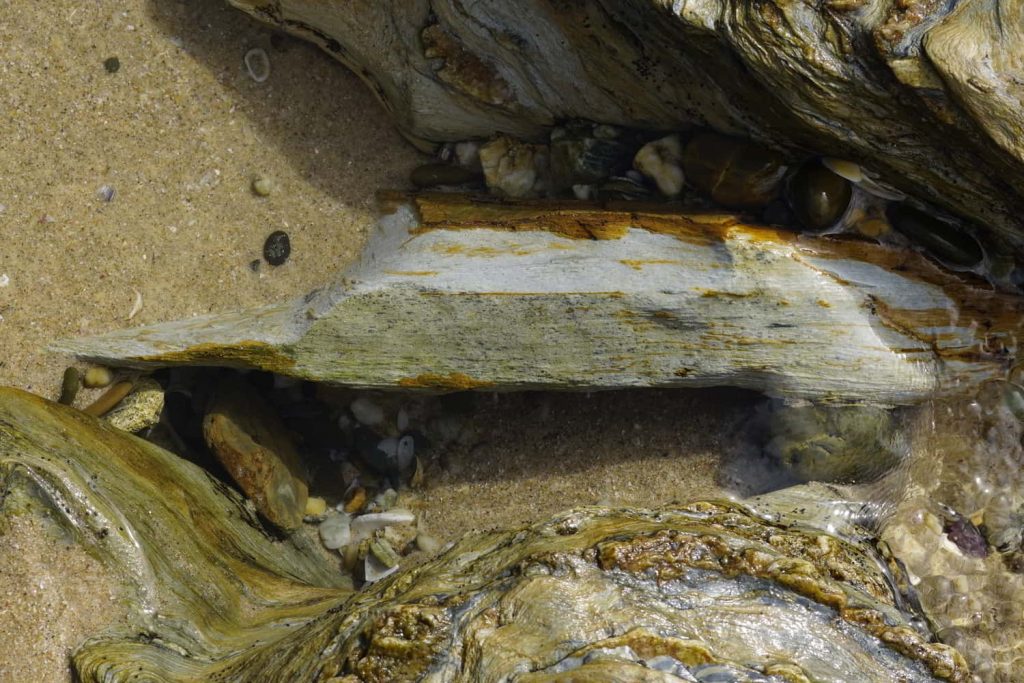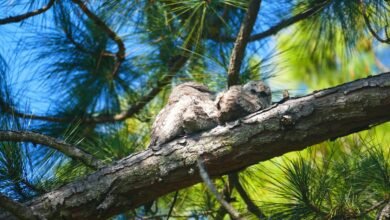Eos shows up this morning. Beauty insists it is interesting and widespread.
We walk the beach before the holiday hordes arrive.
Aboriginal people made use much of the Australian coastline, all 36,000 kilometres. They used the beaches as a source of food and enjoyment, middens show that indigenous peoples used these resources for thousands of years. There are early reports of Aborigines swimming as well as fishing along the coast.
26 January, 1788. The British landed at Warrane (Sydney Cove). The colours were displayed, the British flag flown, and possession of the country was formally taken in the name of King George III.
27 January. Sailors from the Sirius with marines and a few male convicts land and start cutting down the trees and clearing ground. A casuarina swamp forest dominates the estuary. Phillip and his staff set up tents on its east side.
28 January. The wives of the marines disembark. The rest of the male convicts disembark over the next few days. ‘Confusion quickly gave way to system.’ Watkin Tench, Captain-lieutenant of Marines. The system has proved catastrophic to First Nations People world-wide. The system caused dislocation, stolen generations, countless death, deliberate cultural sabotage. And it’s STILL happening – 500 Indigenous deaths in custody since the 1991 royal commission (as of three weeks ago).
The system also caused environmental disasters including evolution. Hoofed animals overgrazed fragile native vegetation, which led to soil erosion and degradation. Clearing the land for farming removed deep-rooted trees causing damaging changes in the water table and climate. And it’s STILL happening.
~
The beach has come to symbolise the Australian way of life – pleasure, freedom, independence and enjoyment.’ However, that enjoyment was mainly a white male preserve. ‘The historical terrain of the beach can also be felt unevenly.’
Manly Council was among the first to protect surf bathers, employing two fishermen, the Sly brothers, to patrol offshore and, in 1905, a lifeguard, Edward ‘Happy’ Eyre. The first surf lifesaving club was founded at Bondi in February 1907 and several others were established soon after. Churaki, son of the Gudjingburra King Conway, was asked by his father to look after the visitors trying out the new sport of surfing in Bundjalung waters in 1909. This was two years before a lifesaving club was set up at Coolangatta. Churaki performed the first documented act of lifesaving on the Gold Coast in 1911.
The red and yellow lifesaving flags were introduced in 1935 (previously, blue and white). Arguing that women were not strong enough to operate the equipment or take on heavy surf, they were banned by the Surf Life Saving Association. In July 1980, new rules came into effect – allowing women full membership into surf lifesaving. Six days later eight young women from Port Kembla became the first females in Australia to obtain their Surf Life Saving Bronze Medallions. The Illawarra was too cold so they flew to Coffs and were examined at Sawtell, a little north of here. All eight passed.
To qualify as a surf lifesaver, you must pass a series of tests including a first aid exam and a simulated rescue. You must also complete a 200-metre run, a 200-metre swim then another 200-metre run in less than eight minutes.









